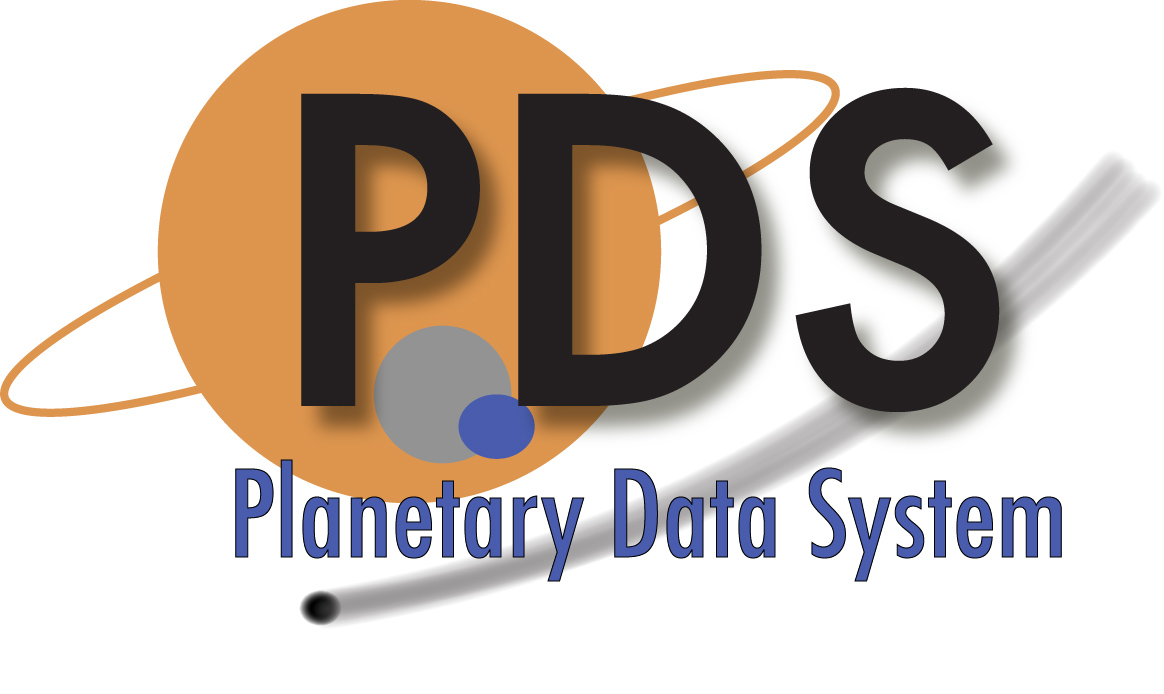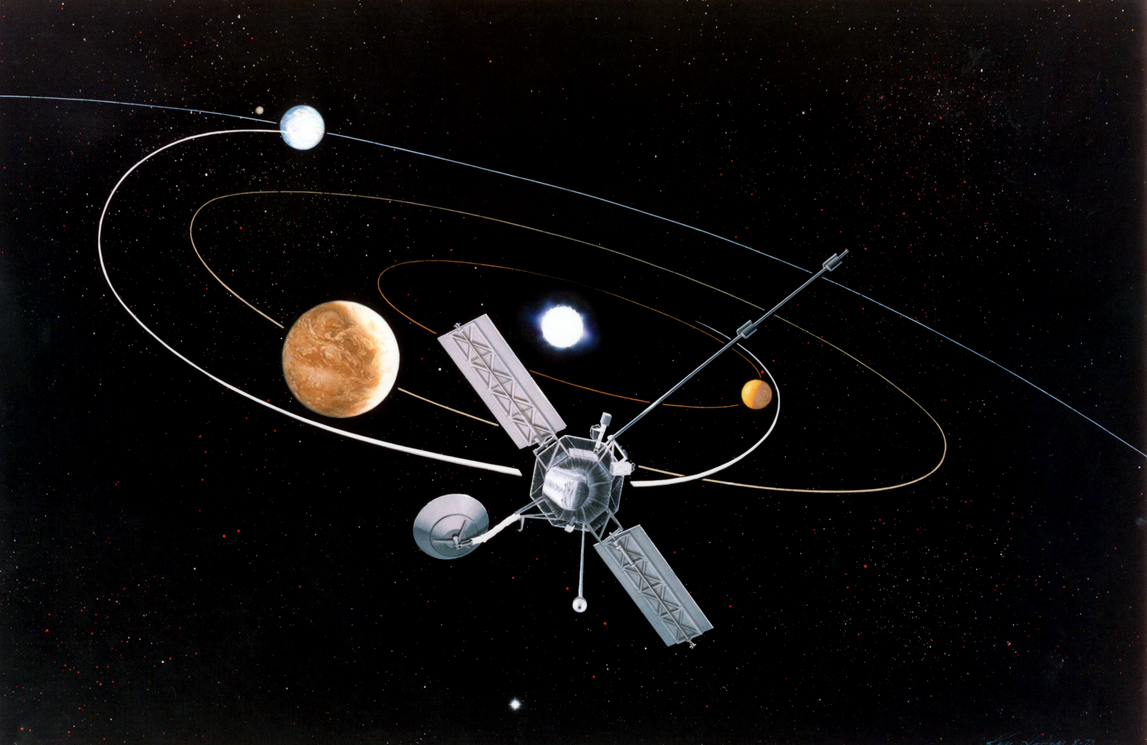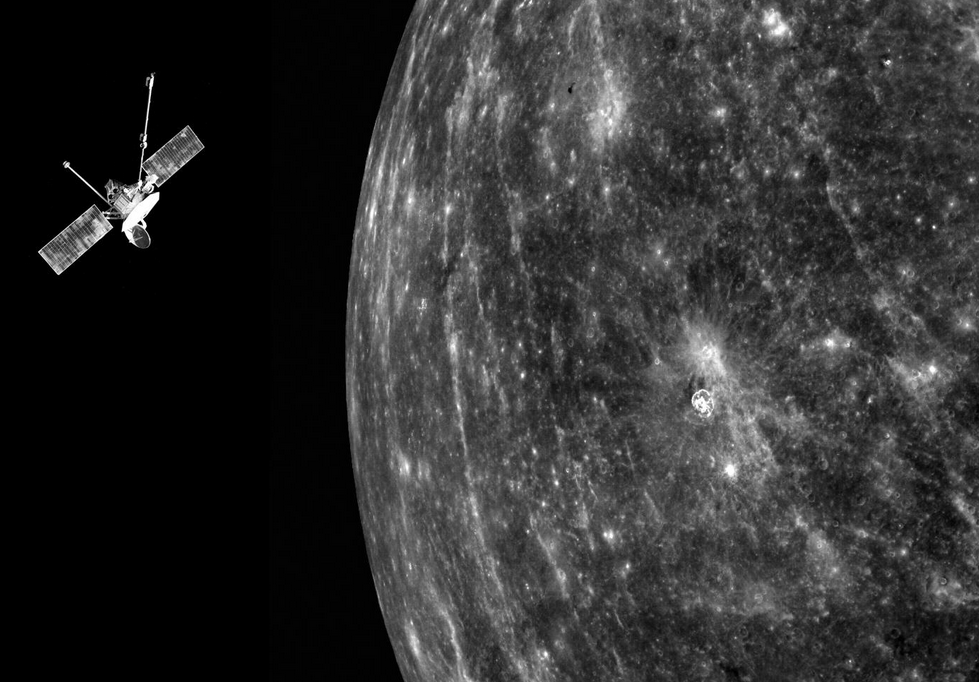Introduction
The Mariner Venus/Mercury 1973 spacecraft (Mariner 10) was launched November 3, 1973, It flew by Venus in February 5, 1974 and by Mercury in March 29, 1074, September 21,1974 and March 16, 1975.
Mariner 10 photographed half the Mercury’s surface, detected a magnetic field, measured day and night side temperatures and revealed that Mercury had a massive metallic core.
NSSDCA provides a review of the mission.
References
Dunne, J. A., Mariner 10 Mercury encounter, Science, 185, No. 4146, 141-142, July 1974.
A general description of the mission can be found in NASA SP-424. A outline of this publication is online at https://www.hq.nasa.gov/pao/History/SP-424/contents.htm, (pdf). Individual chapters and appendices can be accessed via the Table of Contents,
Location of existing data – None were archived in standard PDS format
The spacecraft carried the following instruments:
Visible Camera -VC –See NSSDC Image Catalogue –Mariner 10 and Safed data containing imaging data that are available at JPL. The first volume in the set also includes ancillary information in addition to image data.
Infrared Radiometer
Ultraviolet airglow spectrometer
Ultraviolet occultation spectrometer
Magnetometers
Charged-Particle Telescope
Plasma Analyzer
Infrared Radiometer
Ultraviolet airglow spectrometer
Ultraviolet occultation spectrometer
Magnetometers
Charged-Particle Telescope
Plasma Analyzer
 PDS: The Planetary Atmospheres Node
PDS: The Planetary Atmospheres Node



